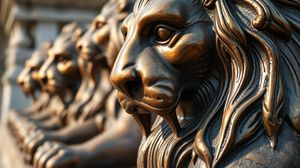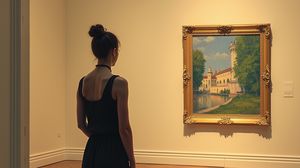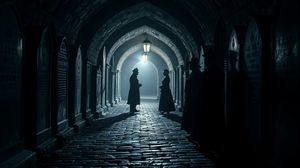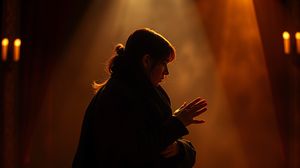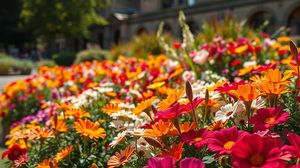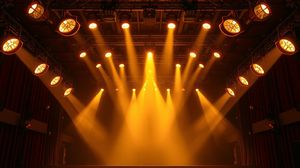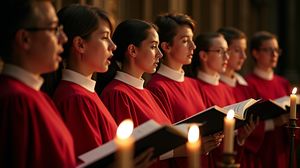
The Queen's Chapel of the Savoy, commonly known as the Savoy Chapel, is a historic gem nestled on Savoy Hill in Westminster, London. This beautiful and still-functioning chapel is part of the Duchy of Lancaster and serves as its official chapel. Originally constructed in the 16th century, it presents a fascinating slice of London's ecclesiastical architecture and history.
The chapel's roots date back to the founding of a medieval hospital by Count Peter of Savoy in the 13th century, but the current building was constructed by order of King Henry VII in the early 16th century, specifically between 1502 to 1507, as part of a larger religious complex. While most of the original hospital and buildings are no longer standing, the chapel remains, representing the Tudor Gothic architectural style with rich historical significance.
Rarity is a defining characteristic of the Savoy Chapel; it is one of the few buildings to have survived the infamous Savoy Palace's destruction during the Peasants' Revolt of 1381, prior to its current form. It was intended to be a chantry chapel for the hospital, designed to hold daily prayers for the soul of its benefactor, King Henry VII.
An interesting fact about the chapel is that during the Great Fire of London in 1666, while a significant portion of London suffered from the flames, the chapel remained untouched, providing a refuge during the chaos. This miraculous survival added to its allure and prominence, making it a place of interest for history enthusiasts.
The chapel continues to serve a significant ceremonial role, being the parish church of the Savoy Parish and frequently used for royal and national occasions. It is steeped in traditions, including hosting the annual Royal Victorian Order service attended by members of the British Royal Family.
The Savoy Chapel is entwined with royalty not just in rites but also in its structure, as it is one of the few surviving buildings that directly connects to the Duchy of Lancaster, owned personally by the reigning British monarch. This personal connection to the monarchy gives it a unique status and charm.
Key features of the chapel's interior include the royal arms of the English monarchy and beautiful stained glass windows, which were installed during the 19th-century restoration, depicting scenes of religious significance and adding a colorful spiritual ambiance to the space.
A visit to the Savoy Chapel is not only a step into a functioning historical building but also an encounter with the regal and political tapestry of London, making it an intriguing destination for both historical exploration and spiritual reflection.

Making the Most of Your Visit:
When you visit the Savoy Chapel, take a close look at the stained glass windows. They were added during the restoration in the 19th century and are full of vibrant colors and intricate details that you might miss at first glance. Each window tells its own story, so spend a bit of time appreciating the craftsmanship.
Try to time your visit when a service is not in session so you can take in the serene atmosphere without interruptions. However, if you do arrive during a service, it's a lovely opportunity to experience the chapel in its working state and get a feel for its current role in the community.
There's a little garden right outside the chapel, which might not always be obvious. It's a peaceful spot to pause and reflect, or to snap a few photos. Especially in good weather, it's a charming part of the visit that not everyone notices.
Don't forget to look up when you're inside the chapel! The ceiling boasts beautiful design work that echoes the Tudor style, showcasing a continuation of the artistic elegance that pervades the chapel's interior.
While it's more understated compared to major cathedrals, the Savoy Chapel's royal associations are fascinating. Keep an eye out for symbols of the Duchy of Lancaster and royal arms throughout the building, which underline its unique connection to the monarchy.

Visiting Times & Costs:
The Queen's Chapel of the Savoy, commonly referred to as the Savoy Chapel, is open to the public, although accessibility can vary depending on events and services scheduled. It is advisable to check public opening times in advance, as they may change seasonally or for special occasions.
Open Hours: The chapel is generally open on weekdays, and it is often accessible for visits outside of service times. It is important to verify current opening hours before planning a visit, as these can be subject to change.
Entrance Fee: There is no entrance fee for visiting the chapel. It is free to enter, making it an attractive option for visitors interested in historical and architectural exploration.
Accessibility: The chapel is accessible to visitors with disabilities, although some areas might present minor challenges due to the historical nature of the building. Visitors with specific access requirements should consider checking in advance to ensure their needs can be met.

Address & Map:

Nearby:





